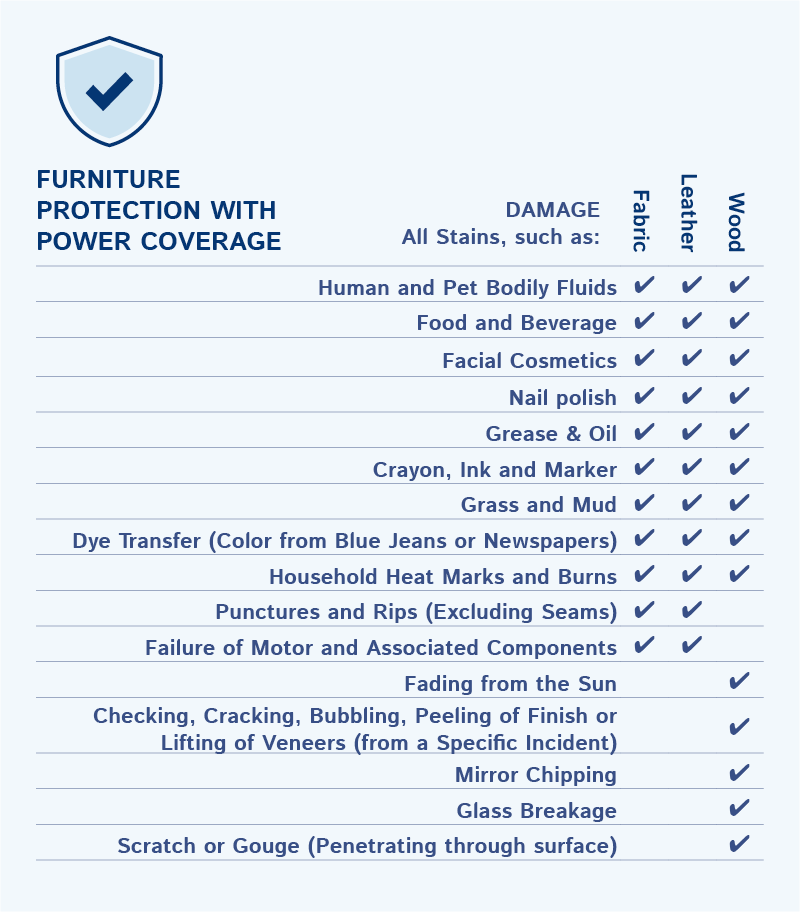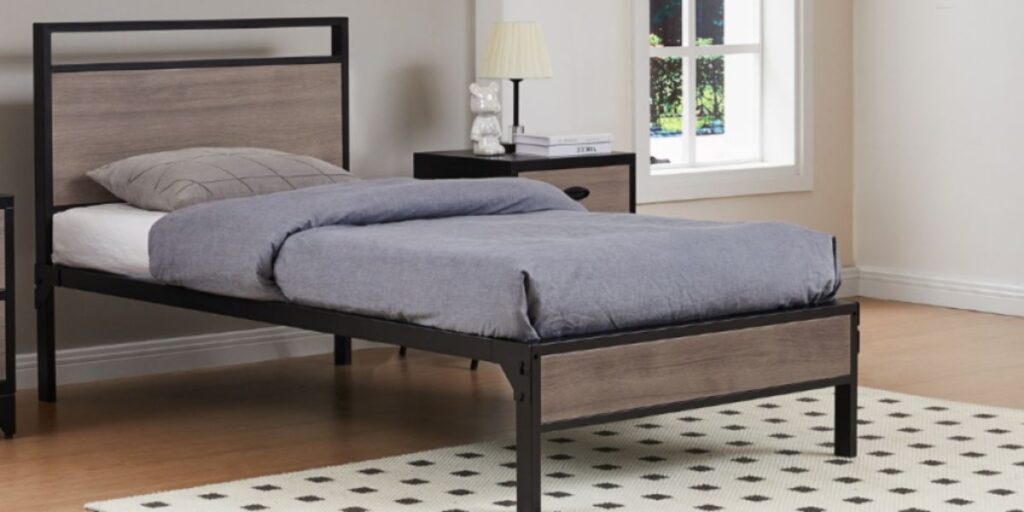All Categories
Featured

When designing a home, the style of furnishings you choose plays a significant duty in establishing the total tone and ambience of a space. 2 noticeable styles that home owners often discuss between are conventional and modern.
- Layout and Framework. Contemporary Furniture: Contemporary furnishings is characterized by smooth, minimal designs that highlight simpleness and clean lines. Contemporary furniture often tends to be light and ventilated, preferring open areas, and usually prevents extreme decor.
Typical Furniture: Typical furniture, by comparison, draws motivation from historic designs such as Colonial, Victorian, or French Provincial. Unlike the sleekness of contemporary pieces, conventional furnishings celebrates craftsmanship, often showcasing wonderfully thorough woodwork and luxurious upholstery.
- Products and Finishes. Contemporary Furniture: Contemporary furniture is made using a variety of materials, including steels, glass, acrylic, and wood. The materials made use of are typically lighter and much less sophisticated than those located in typical furniture, but they are created to highlight clean lines and open rooms.
Traditional Furniture: Traditional furniture is understood for its usage of high-quality, solid products, specifically hardwoods like oak, mahogany, cherry, and walnut. The construction of typical furnishings items is frequently extra durable and hefty, built to last for generations. Finishes have a tendency to be brightened, with rich, dark tones that stress the natural charm of the timber. Natural leather and luxurious materials, like velvet or silk, are typically made use of for upholstery, adding a feeling of luxury and convenience to traditional layouts.
- Color Scheme. Contemporary Furnishings: The color scheme in modern furnishings is typically a lot more suppressed and neutral. While these neutral tones are the primary foundation, contemporary furniture commonly integrates vibrant accent shades to bring in character and vibrancy.
Standard Furnishings: Typical furnishings, on the various other hand, features richer, deeper colors. Shades like wine red, navy, forest green, and gold are generally used to produce a warm, welcoming ambience. Traditional furniture additionally often tends to consist of more complex patterns and structures, such as floral motifs, damask, and red stripes. The usage of these patterns, integrated with the deep, cozy colors, includes a sense of comfort, style, and an extra formal tone to the room.
- Convenience and Functionality. Contemporary Furniture: Comfort and functionality are crucial elements of contemporary furniture. Pieces are usually designed with ergonomic concepts in mind, making sure comfort while maintaining a tidy, contemporary appearance. Many modern furnishings styles are modular, enabling for adaptability and versatility in different area sizes and designs. The focus gets on usefulness, with many modern items incorporating built-in storage or multi-functional functions. This makes modern furniture suitable for modern living spaces that call for both design and energy.
Standard Furnishings: While comfort is definitely a consideration in standard furniture, it takes a rear seat to the elegance and beauty of the layout. Conventional furniture may also feature intricate information such as tufted upholstery, scrollwork, and hand-carved legs, which improve the aesthetic allure but may not always offer the very same degree of usefulness as contemporary designs.

- Combination with Other Designs. Contemporary Furnishings: Among the benefits of modern furniture is its versatility. Since contemporary layout concentrates on tidy lines and easy forms, it can quickly mix with other designs, consisting of commercial, Scandinavian, or perhaps some standard elements. Contemporary furniture works well in open-plan areas, city apartment or condos, and homes with minimal decor. Its easy types and neutral colors permit it to integrate smoothly with a range of other style components, making it a versatile option for those looking to mix and match designs.
Standard Furnishings: Standard furnishings is much more suited to homes that accept a timeless, timeless design. While it can be coupled with modern or modern pieces to produce an eclectic visual, conventional furnishings commonly stands out on its very own.
- Durability and Eternity. Contemporary Furniture: Contemporary furniture tends to evolve with the moments, reflecting existing layout fads and preferences. While the modern-day charm of these items can last for years, they might not have the exact same lasting power as traditional furnishings. As trends transform, modern furniture may come to be outdated, but this can likewise be an advantage for those who enjoy updating their home frequently to keep up with style shifts.
Typical Furnishings: Typical furniture, however, has an ageless top quality that allows it to retain its charm for generations. Due to its traditional design and premium materials, conventional furnishings frequently becomes a long-lasting investment.
Final thought. Ultimately, the decision between conventional and contemporary furnishings designs depends upon your individual preferences and the ambience you want to create in your house. Contemporary furniture offers streamlined, minimal layouts that concentrate on usefulness and versatility, making it perfect for contemporary living. In comparison, traditional furniture offers timeless elegance and complex workmanship, best for developing a glamorous, classic ambiance. Both styles have their qualities, and by understanding the crucial differences, you can pick the appropriate pieces to fit your home's special personality and your lifestyle requires.
Latest Posts
Grab Exclusive Auto Repair Offers in Chicago at Montclare Auto Repair
Published May 25, 25
1 min read
Explore WyHy FCU – Top Benefits for Your Future
Published May 23, 25
1 min read
Discover Your Financial Partner at WyHy – Essential Perks for Your Financial Success
Published May 21, 25
1 min read